
Newton expanded on the work of Galileo to better define the relationship between energy and motion. In particular, he developed the following concepts:

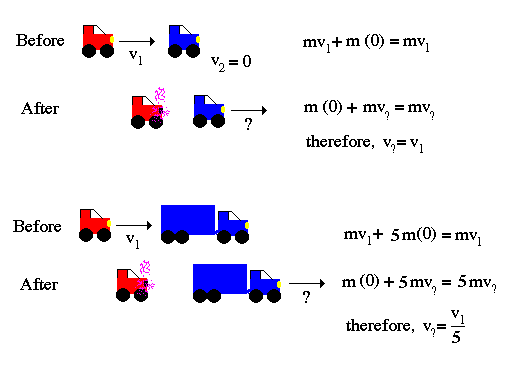
Newton's laws of motion:

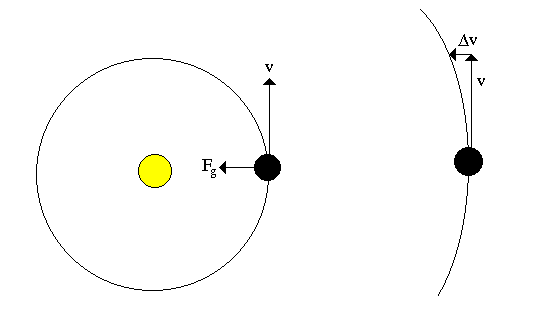
You are trapped on a lake of ice with a sandbag. Remembering Newton's 3rd law, how do you escape?
Newton's Law of Universal Gravitation:
Galileo was the first to notice that objects are ``pulled'' towards the center of the Earth, but Newton showed that this same force (gravity) was responsible for the orbits of the planets in the Solar System.
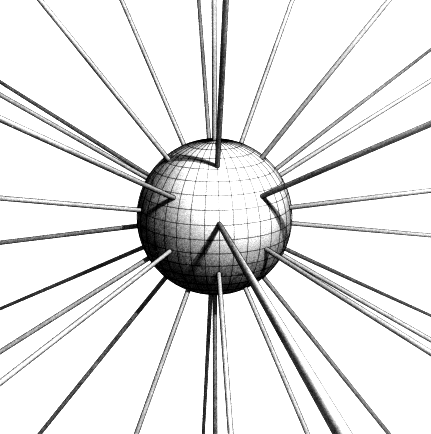
Objects in the Universe attract each other with a force that varies directly as the product of their masses and inversely as the square of their distances
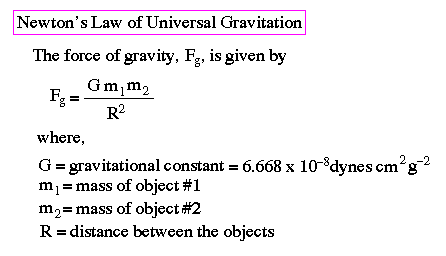
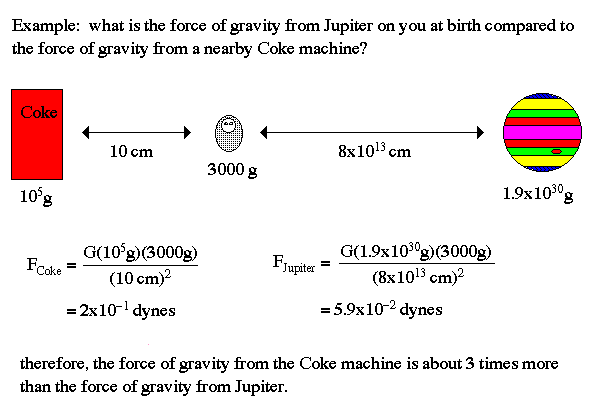
With vector calculus, Newton was able to develop a cosmology which included the underlying cause of planetary motion, gravity, completed the solar system model begun by the Babylonians and early Greeks. The mathematical formulation of Newton's dynamic model of the solar system became the science of celestial mechanics, the greatest of the deterministic sciences.
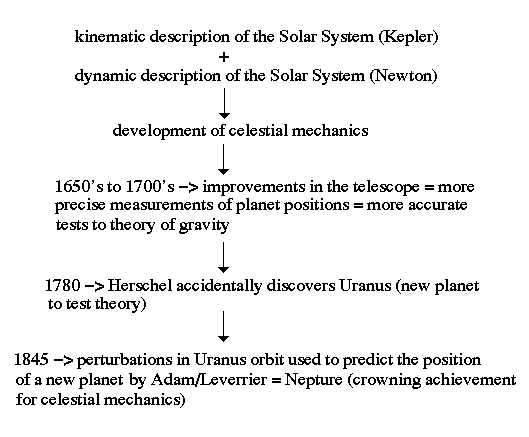
Differential Gravitational Forces (Tides):
Tides are caused by the interaction of a body's motion around a planet or the Sun and the internal force of gravity.
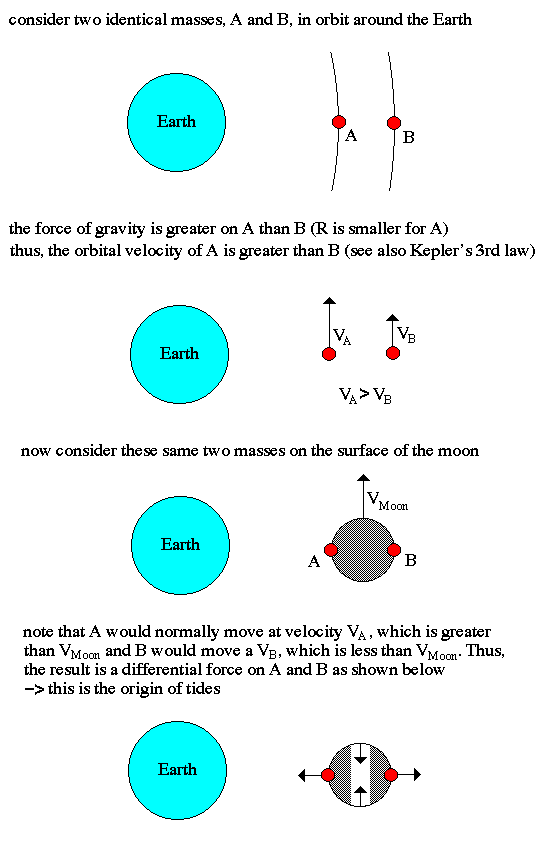
Water Tides:
Water tides are caused by the fact that the water on the Earth's surface is more easily deformed by tidal forces than the rocky crust. And the strength of tides are dependent on three factors:
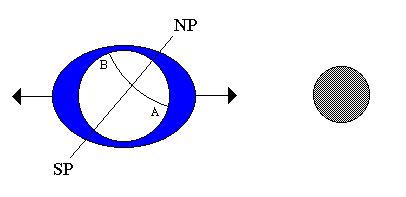
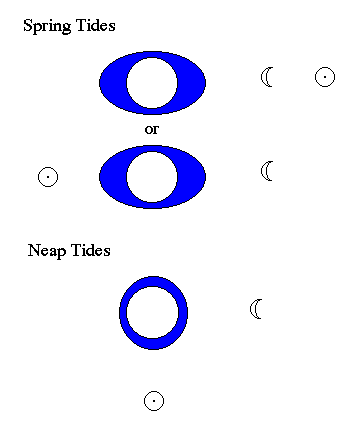
Roche Limit:
What happens when the tidal forces become greater than the internal gravity of an object? The object is torn apart. This occurs when a moon approaches too close to its primary. The tidal forces increase as R, the distance between the planet and the moon, becomes smaller until the moon is disrupted into numerous small bodies. This is the origin to the rings around Saturn and other Jovian worlds.

In celestial mechanics, the Roche limit is the distance within which a celestial body, held together only by its own gravity, will disintegrate due to a second celestial body's tidal forces exceeding the first body's gravitational self-attraction. Inside the Roche limit, orbiting material disperses and forms rings whereas outside the limit material tends to coalesce.
Three Body Problem and Complexity:
Deterministic laws, such as Newton's laws of motion, imply predictability only in the idealized limit of infinite precision. The Universe itself cannot know its own workings with absolute precision, and there cannot predict what will happen next in every detail. Deterministic chaos seems random because we are necessarily ignorant of the ultrafine details and so is the Universe itself.
The behavior of complex systems is not truly random, it is just that the final state is so sensitive to the initial conditions that it is impossible to predict the future behavior without infinite knowledge of all the motions and energy (i.e. a butterfly in South America influences storms in the North Atlantic).
Even games with simple rules can produce complex behavior, as shown in the following example:
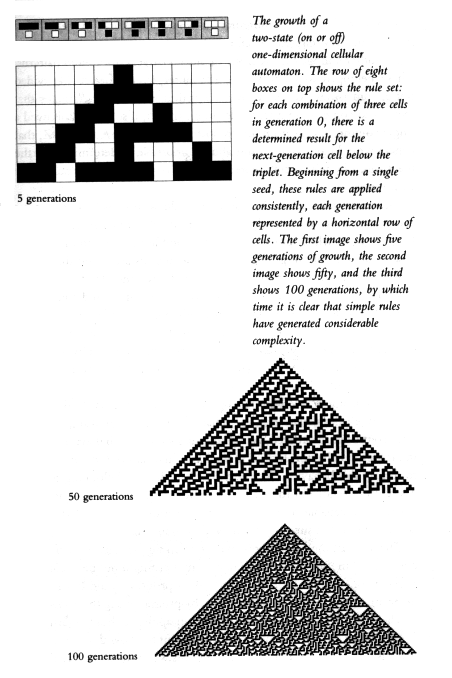
Although this is `just' a mathematical game, there are many examples of the same shape and complex behavior occurring in Nature.
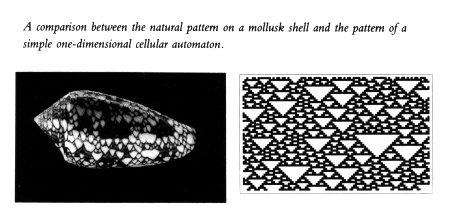

|
|

|